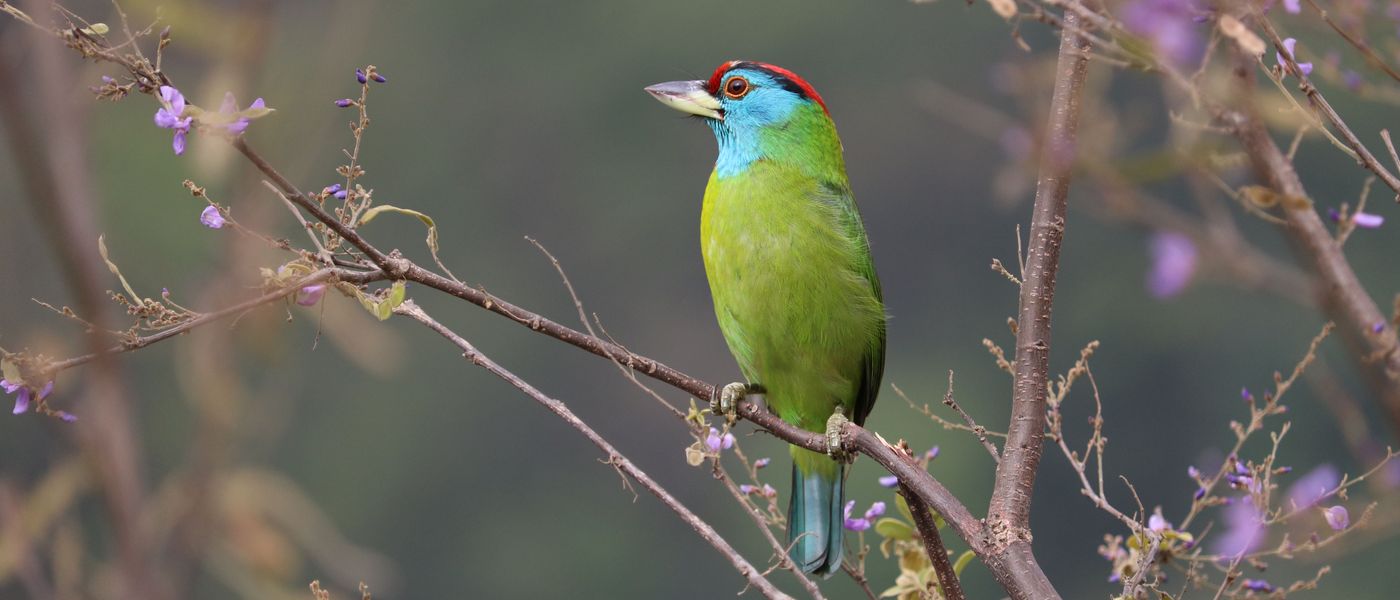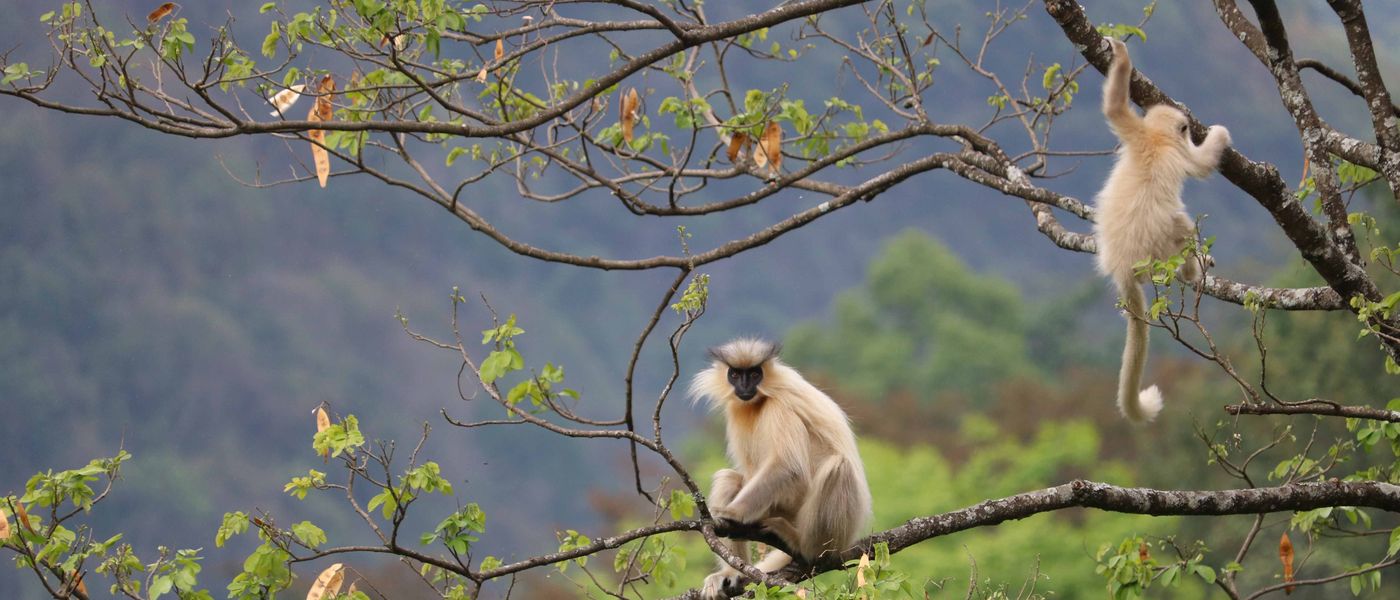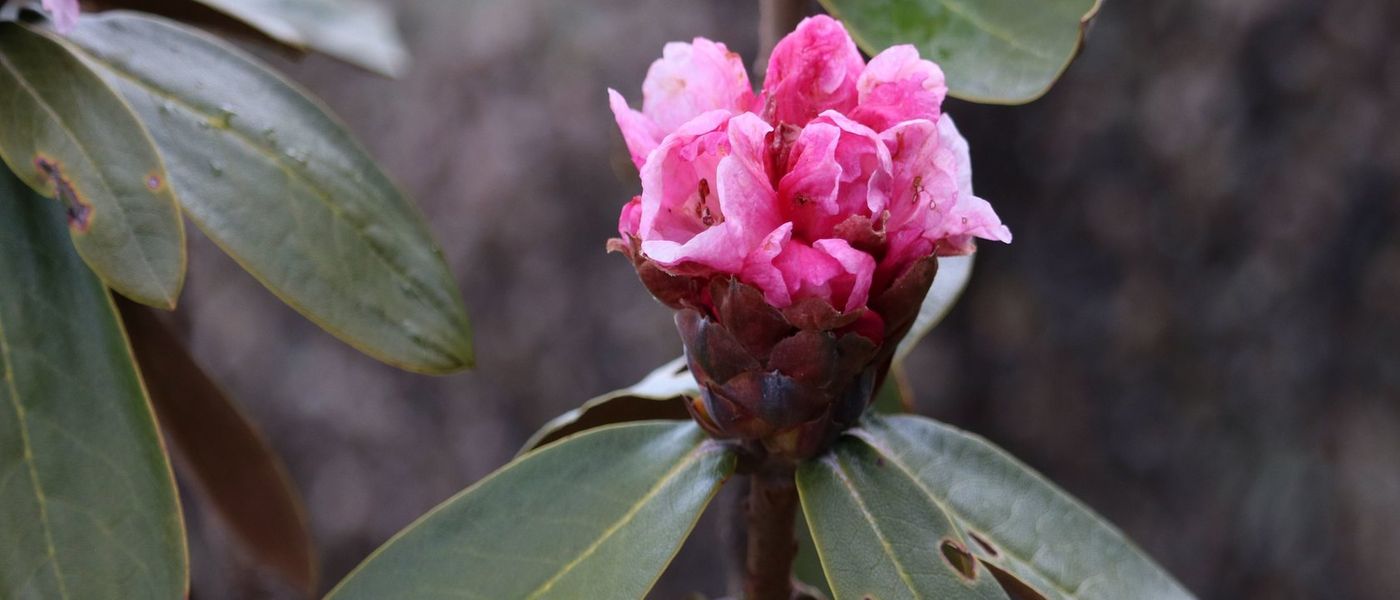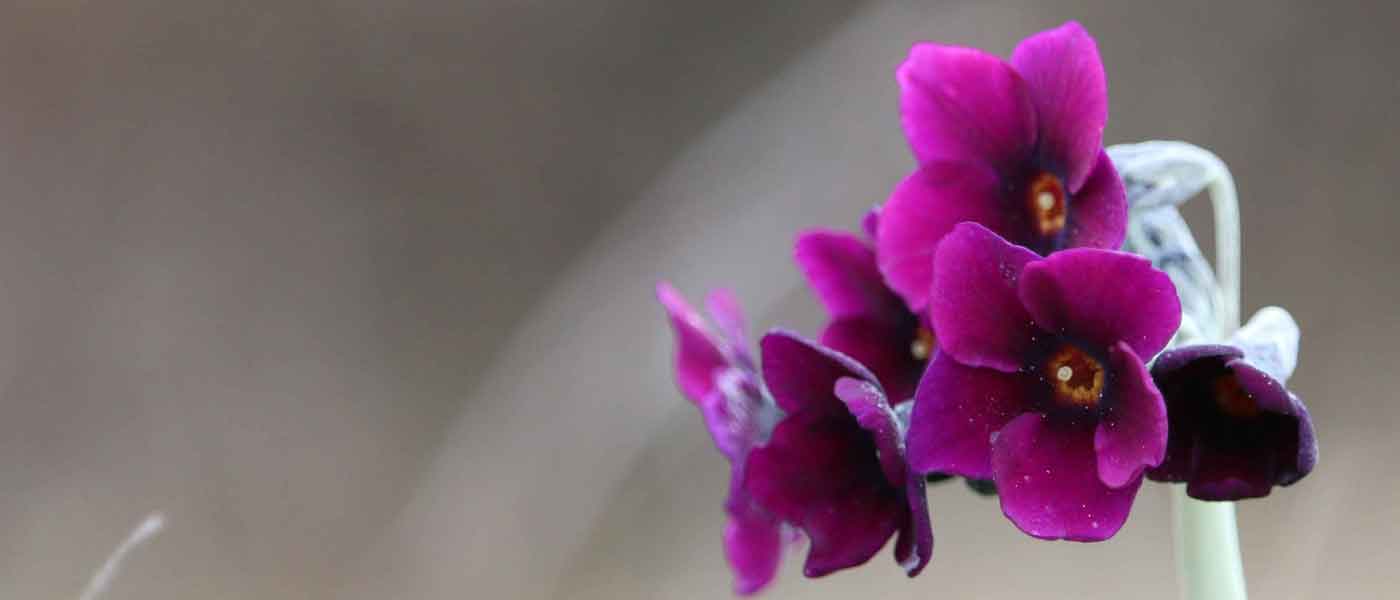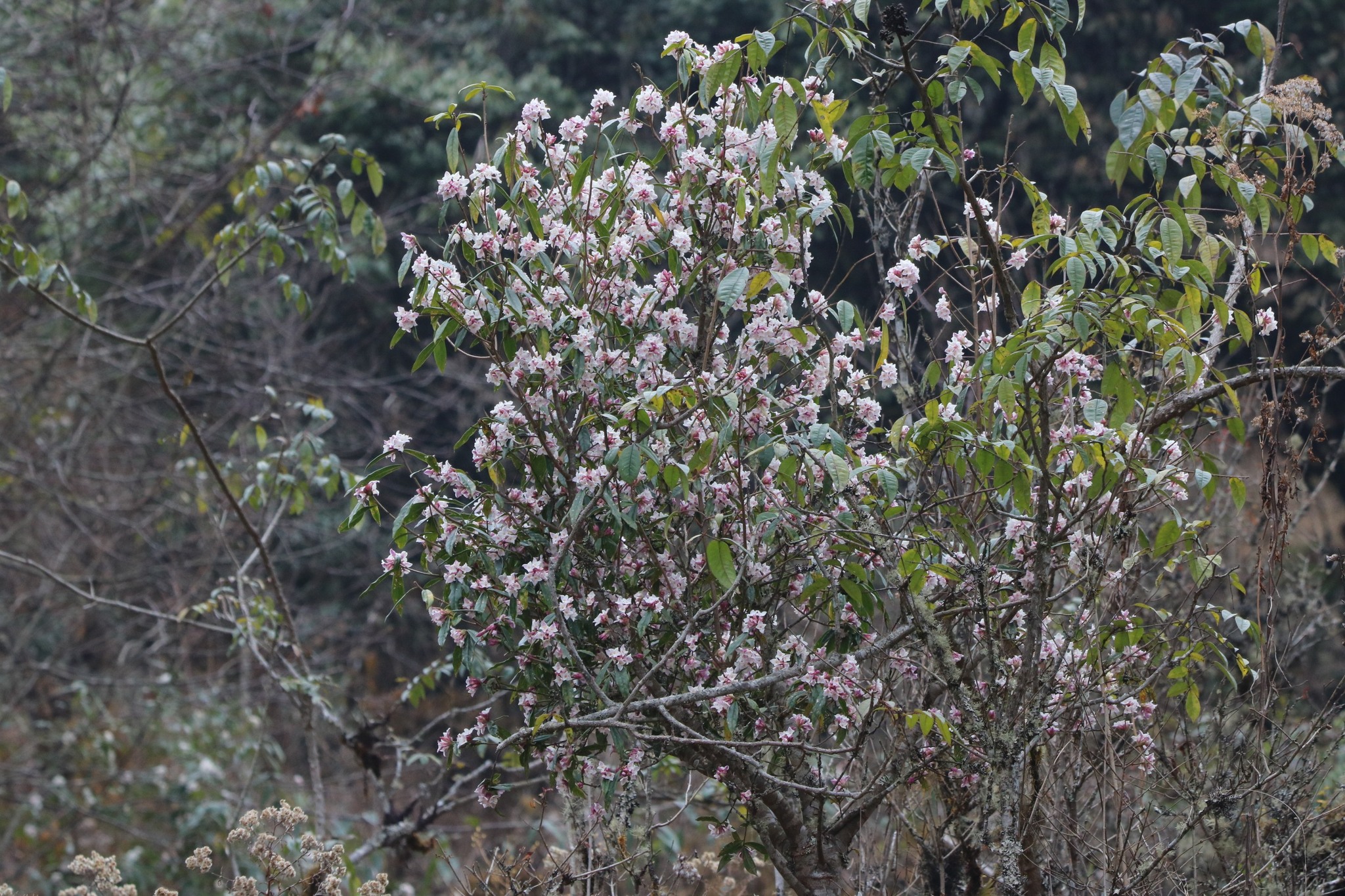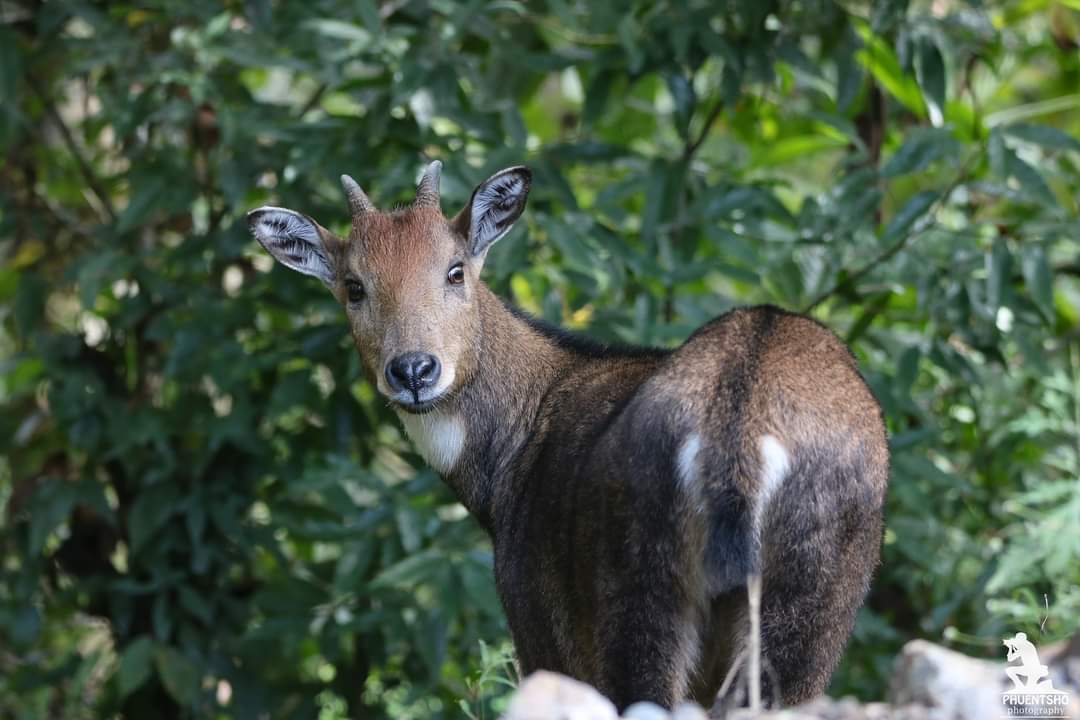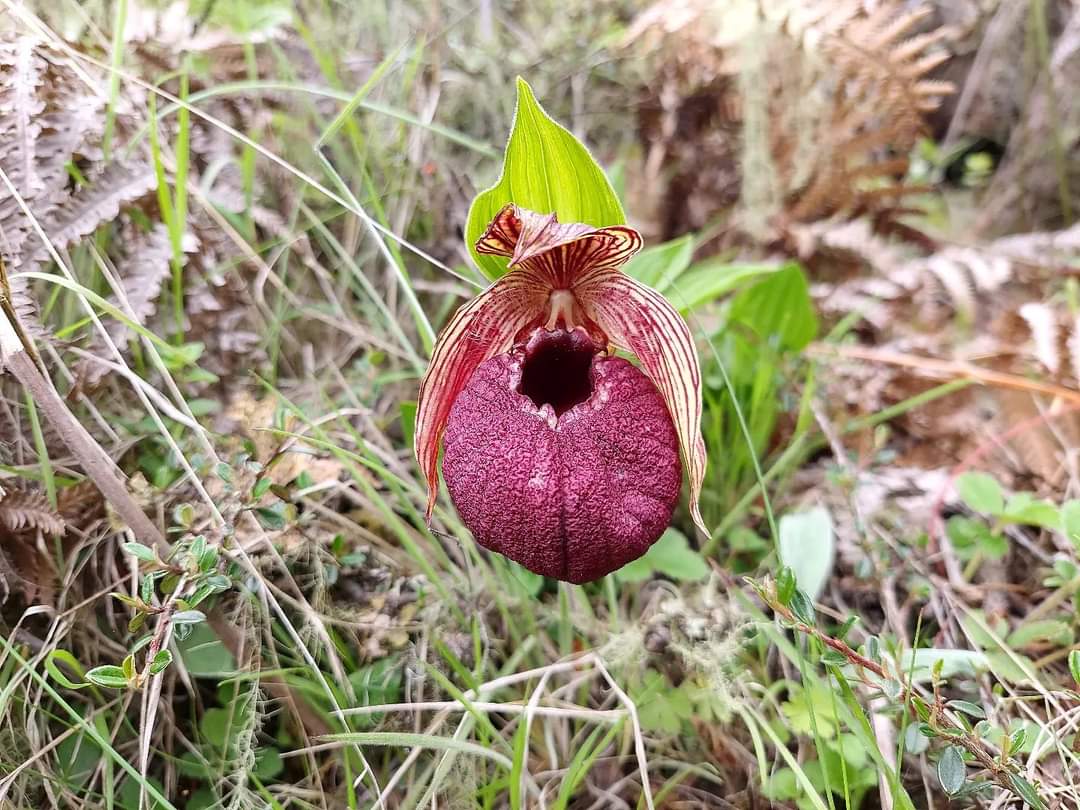- Details
- Written by Phuentsho
At over 3,000 meters, Dochu La is one of Bhutan’s most scenic mountain passes, and in the spring, it becomes even more enchanting with the bloom of Daphne bholua, also known as Poisonous Daphne in English and Deyshing in Dzongkha. This beautiful yet toxic shrub fills the crisp mountain air with a fragrance so intense that lingering nearby for too long can be overwhelming.
A.K. Hellum, the author of A Painter’s Year in the Forests of Bhutan, painted this very plant at Dochu La on March 25, 1990, during his two-year stay in Bhutan as a forest management consultant. In his book, published in 2001, he documented his deep observations of Bhutan’s forests, plant life, and landscapes through both detailed botanical illustrations and personal reflections. His writing not only captures the scientific aspects of Bhutan’s flora but also brings to life the sensory and emotional experiences of exploring its wild and pristine forests.
In his description of Daphne bholua, Hellum highlighted both its ecological and cultural significance. In Bhutan, the inner bark of Daphne is traditionally used to make strong, unbleached handmade paper, a craft that has been practiced in local communities for centuries. The shrub’s bark is so tough that breaking a twig requires a knife. Beyond Bhutan, Daphne bholua also appears in European folklore. According to a Norwegian legend, an arrow made from its wood was used to kill Baldr, the son of Odin, the good god of the Vikings. Despite its mythical and practical uses, the plant is highly poisonous if ingested, hence its name Poisonous Daphne.
Throughout his book, Hellum vividly described his travels across Bhutan, from the lush lowlands to the high-altitude forests, capturing the rich biodiversity and changing seasons. He encountered Daphne bholua in various regions, from Gedu in the south to Thimphu in the north, and from Haa in the west to Trashigang in the east. Its flowers, ranging from white, creamy, and pink to magenta, are often followed by red or black fruits. However, Hellum may have mistakenly thought Daphne sureil which has red fruit as same species with Daphne bholua which has black fruits. At this time of year, travelers passing through Dochu La can witness its breathtaking bloom, a true herald of spring in Bhutan’s high-altitude landscapes.
Hellum’s book remains a remarkable tribute to Bhutan’s forests, blending scientific knowledge, artistic expression, and personal storytelling. His writings not only serve as a botanical record but also reflect his deep admiration for Bhutan’s natural heritage, making Painter’s Year in the Forests of Bhutan a treasured work for nature lovers, botanists, and travelers alike.
- Details
- Written by Phuentsho
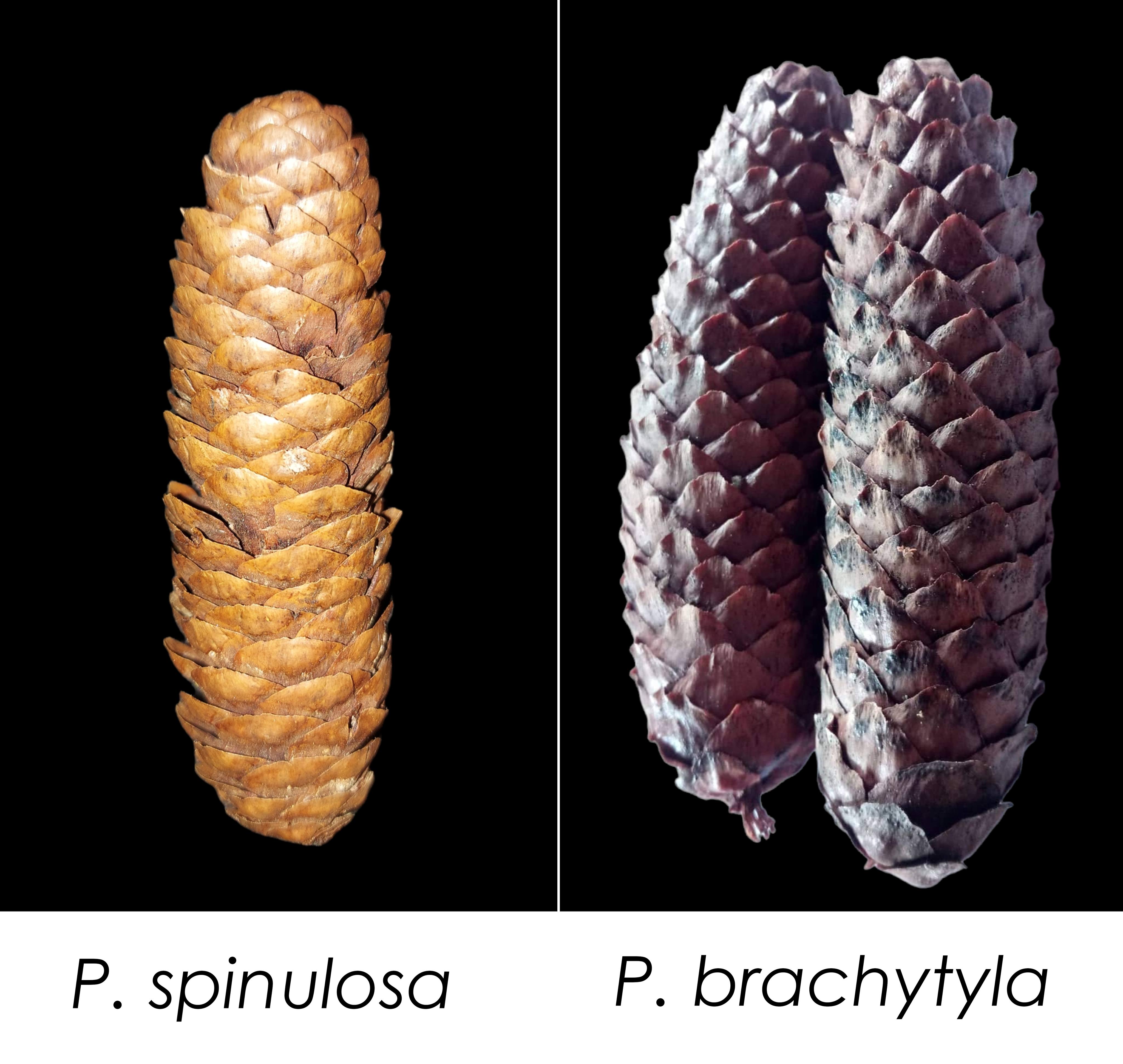
Cones of the two species of Picea found in Bhutan
The Bhutan Himalayas harbor a very rich array of flora and fauna due to the diverse ecosystem and eco-floristic zones. The Flora of Bhutan has records of more than 5600 vascular plants. A total of 101 species of new plants were recorded in Bhutan between 2009 and 2017 while 16 plant species new to science were discovered in Bhutan from 2009 to 2017. Gymnosperms in Bhutan form a very small part of the flora but with many species which are very valuable as timber resources. While Blue Pine (Pinus wallichiana) forms an extensive stand in the inner dry valleys, the Chir Pine (Pinus roxburghii) forms pure stands in the lower arid valleys. Spruce is also a species of conifer that is found in mixed conifer forests and often form extensive pure stands.
Spruce or the genus Picea is represented by two species in Bhutan. The most common species of Picea found in Bhutan is the Eastern Himalayan Spruce (Picea spinulosa) and the less common one (Picea brachytyla) is so far recorded from the Bumthang district only. While both species appear similar, they can be distinguished using the scales of the female cones. The shape of the female cone scales of Picea spinulosa is obovate with a rounded tip while the female cone scales of Picea brachytyla are mostly rhombic with a blunt triangular apex. The differences are as visible in the figure below.
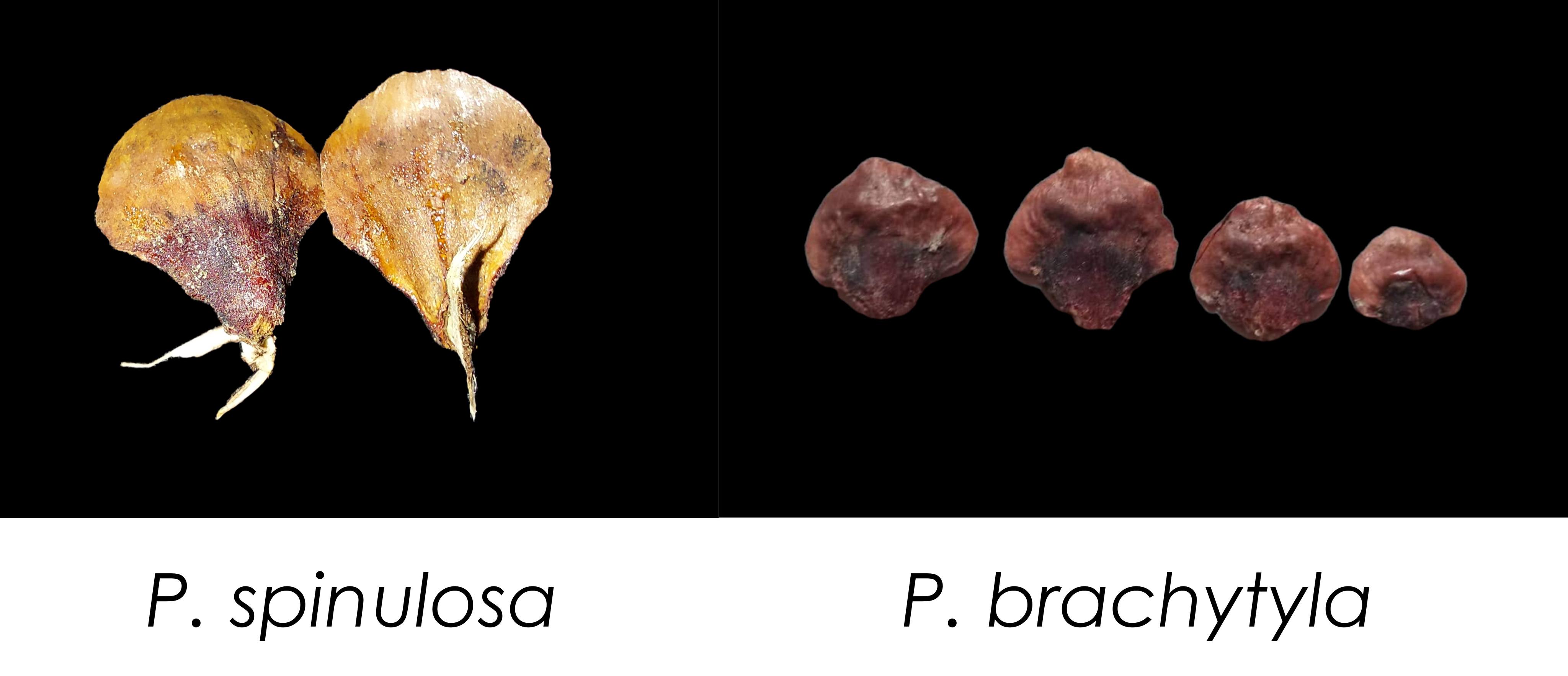
Comparision of the female cone scales of the two species of Picea
The Sargent's Spruce (Picea brachytyla) is currently classified as Vulnerable in the IUCN Red List of Threatened Species.
- Details
- Written by Phuentsho
The taxonomy of goral has never been consistent. Though four species were considered earlier, a publication by Petr Hrabina in 2015 recognized six different species based on external morphology. According to him, the species we find in Bhutan is Nemorhaedus hodgsoni Pocock, 1908 although they were widely identified as Nemorhaedus goral (Hardwicke, 1825) in the past. He also named the Nemorhaedus hodgsoni Pocock as Himalayan Brown Goral while the Nemorhaedus goral (Hardwicke, 1825) is the Himalayan Grey Goral.
- Details
- Written by Phuentsho
The Tibetan Lady's Slipper Orchid (Cypripedium tibeticum is a terrestrial orchid which grows to around 20-30cm tall. This orchid is native to the high meadows and forest margins of Bhutan, Sikkim and China. The highly corrugated pouch of the flower of this orchid is an attractive feature. The plants grow in clumps and flowers from May to July.
Pollination is usually done by Bumble bees. The Tibetan Lady's Slipper orchid have large lip with dark dorsal opening which often touches or stays close to the ground. Mated queen bumblebees emerge out of winter hibernation and search for nesting sites, which are mostly mouse holes. The dark dorsal opening of the lip of the orchid is mistaken by the queen bumblebees for a mouse hole and becomes entrapped inside the flower. While the bee struggles to escape, the flower gets pollinated (Pemberton, R. W. , 2013).
References
Pemberton, R. W. (2013). Pollination of slipper orchids (Cypripedioideae): A Review. Lankesteriana. https://doi.org/10.15517/lank.v0i0.11539
Subcategories
New records
New species records from Bhutan
© 2025 Bhutan Biodiversity Atlas
Copyright
All Rights Reserved. Bhutan Biodiversity Atlas holds copyright for all the materials and data available on this website and all other Web Applications and Mobile Apps developed and maintained by the Bhutan Biodiversity Atlas except for the images contributed by various photographers. Respective photographer hold copyright for images, as cited in the image caption.

